Wondering how to get into woodworking as a hobby? Here's everything you need to know - and to have - to get started!
When we tell people what we do for a living, we get a lot of questions. We of course get a lot of questions about blogging and creating content. But we also get a lot of questions about learning DIY skills, and in general how to get into woodworking as a hobby or business.
We have previously shared some tips for how to make woodworking projects to sell, but we've never really talked about starting woodworking as a pure pleasure hobby before.
So, today, I thought it would be fun to dive into a little bit, how to get woodworking it's a hobby and some things to consider if you are thinking about picking up woodworking.
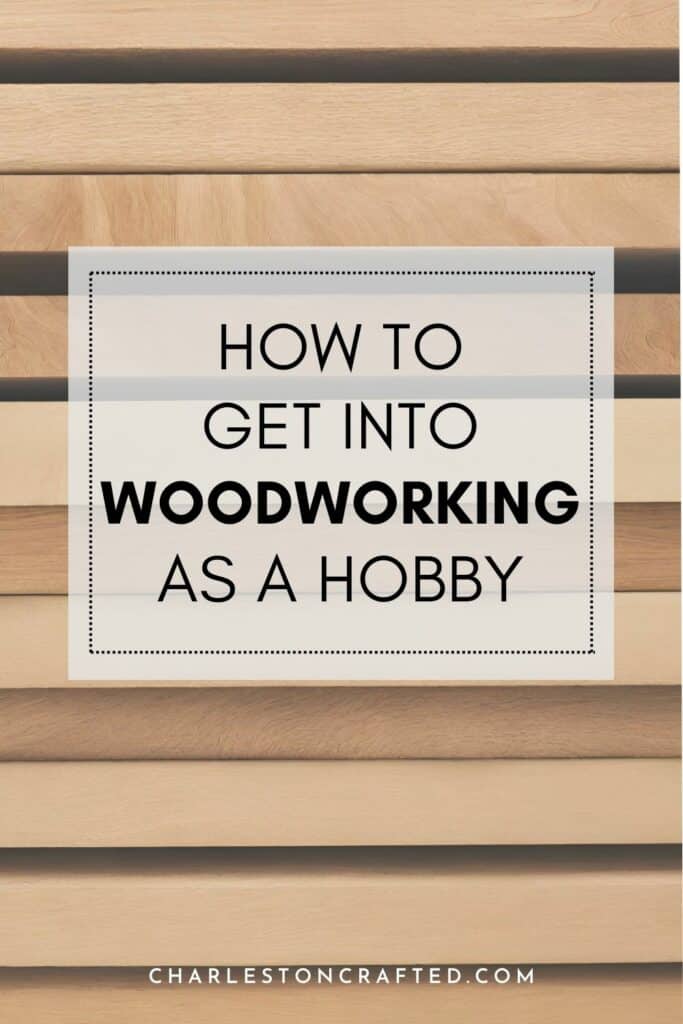
How Do I Get Into Woodworking With No Experience?
Maybe some people grew up with working with their grandpa since they were a child. We're excited that our kids are going to be able to say that they grew up building and making things. But, these are skills that we personally picked up as adults.
The most important thing to do if you want to get into woodworking as an adult is to start small.
I've seen people say that they are going to build a huge built-in in their living room as their first DIY project. I'm not saying it's impossible, but you're probably gonna have a lot of frustration and spend a ton of money buying tools to do a big project.
It's a lot easier to start with small woodworking projects to slowly build up your skill set and tool collection.
This will allow you to learn some woodworking basics, pick up on terminology, get comfortable using tools, and get used to shopping for lumber.
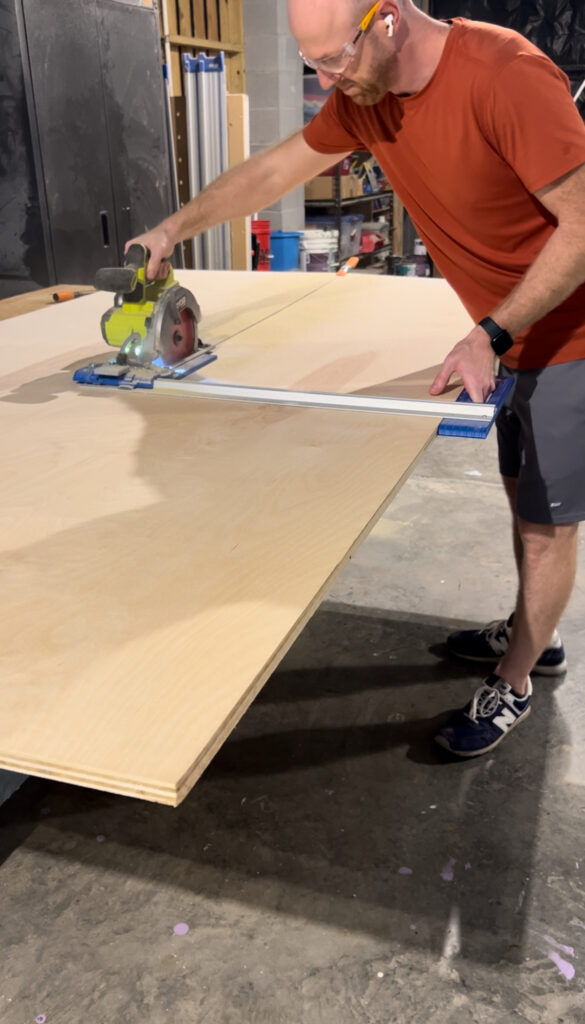
Is It Easy to Get Into Woodworking?
The initial barrier to woodworking can feel high because of needing to buy tools. When we first started building and making things, we had a drill and a literal handsaw.
From there, we really got started by borrowing tools from neighbors and friends if it all possible borrow when you're getting started until you figure out what you really need.
The tools that we have have been accumulated over a decade. And there's still things we don't have.
Don't let things like that be a barrier for you. If you really want to get into woodworking, figure out how to make it happen and you can do it.
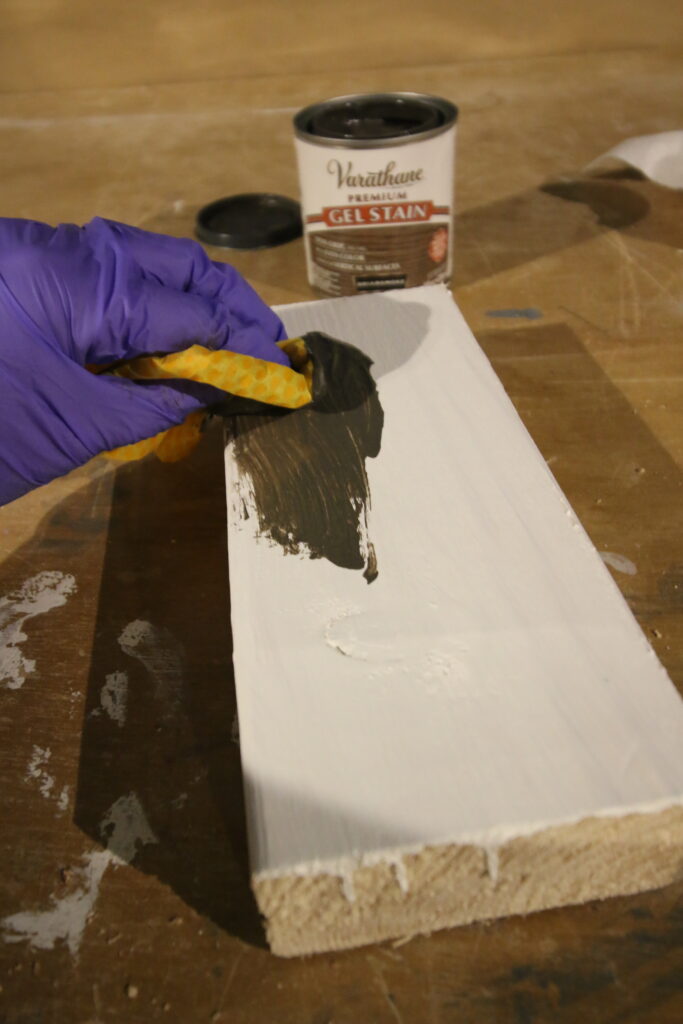
Can I Teach Myself Woodworking?
The best way to teach yourself woodworking is by reading written tutorials and watching video tutorials. YouTube is your best friend. Bloggers will teach you.
You just have to be willing to put the time in to do research.
You also have to give yourself the grace to make mistakes, and to take a really long time to do things at first until you get to figure it out.
We are 100% self taught, and now we teach others!
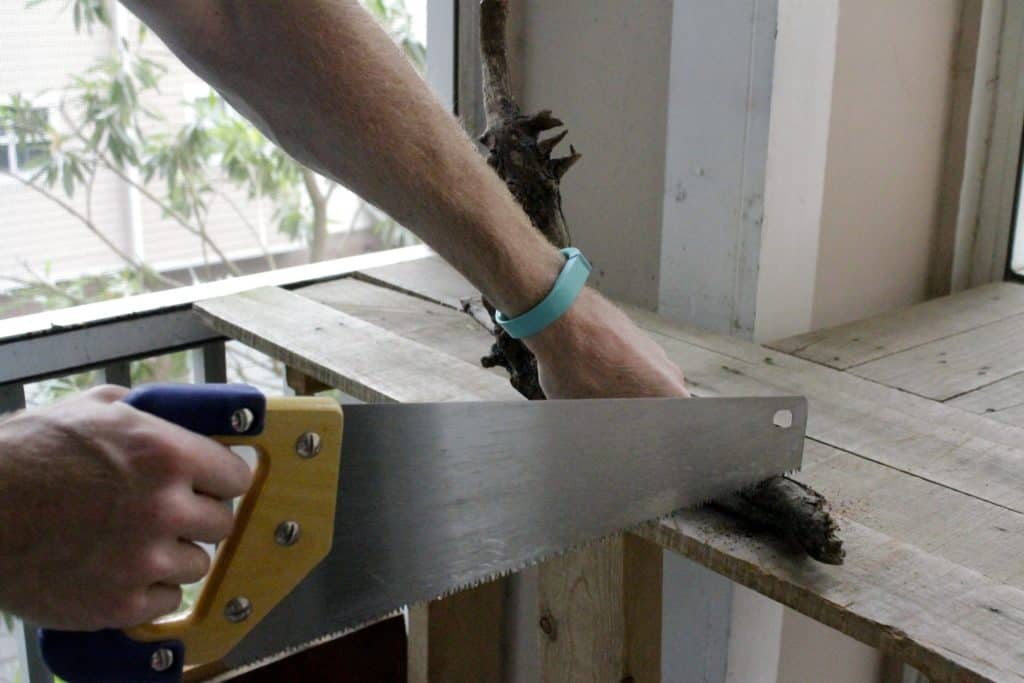
Is Woodworking as a Hobby Worth It?
There are both emotional and practical benefits to woodworking.
Of course, there's the joy of creating some thing with your own hands. We love woodworking because it allows us to get customized furniture and decor, exactly what we want, unlike shopping at a store, where you are limited to the options available.
Woodworking has the opportunity to save you money in the long run, though we have to be real - lumber and tools can get expensive. Not everything is cheaper to make them to buy.
Overall, woodworking, is it really fulfilling hobby, and can be a wonderful life long passion.
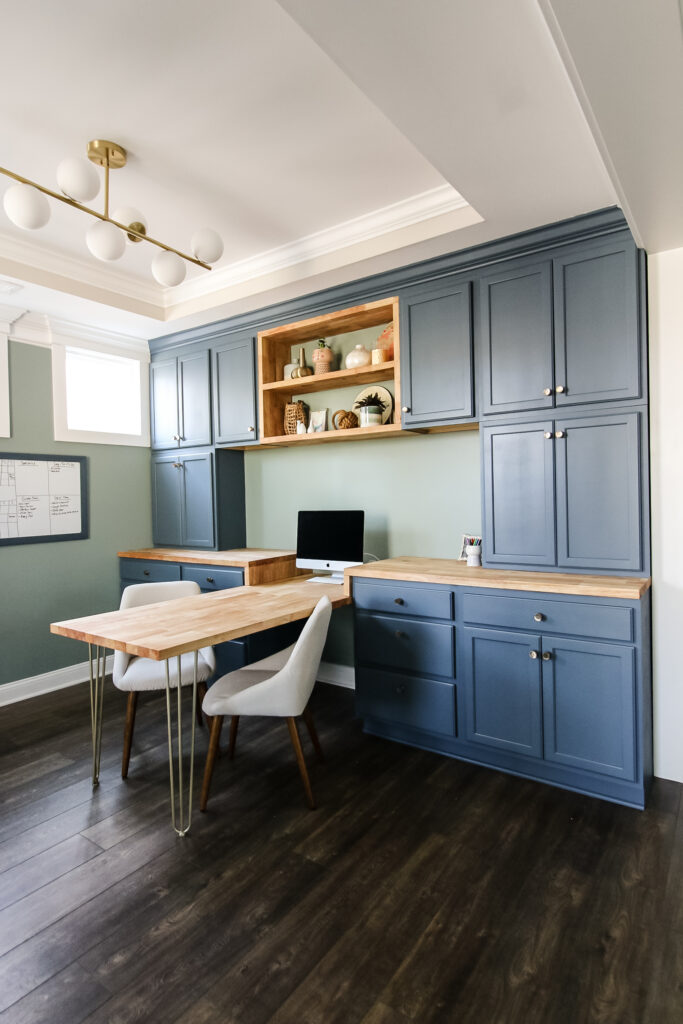
Is Woodworking a High Income Skill?
Woodworking can be a high income skill if you position yourself as such. With Etsy and craft fairs, sometimes a lot of the stuff is a race to the bottom.
By that, I mean that people are competing for the lowest possible price to attract customers. You do not want to be that kind of woodworker. Leave that to Walmart.
If you want to do woodworking for money, you can either build furniture and decor to sell or you can do woodworking inside peoples homes like putting up trim walls or building built-ins.
Anytime you can do some thing custom you can charge a lot more for it. So built-ins design to fit someone's living room are going to sell for a lot more than a premade TV console.
Also, if you can corner market, that will help take some of the burden of marketing off of your business.
For example, we live in a large neighborhood with several different sections. There's a very active Facebook group and people are always asking for trades people recommendations.
If you can be the go to woodworker that people in the neighborhood like this, recommend, you will stay booked. Word of mouth and doing a good job is key to easy and free marketing.

Is Woodworking Hard on Your Body?
Woodworking can be hard on your body if you work with a lot of large, heavy items like big thick sheets of plywood and do a lot of heavy lifting.
It could also be hard on your body if you don't wear proper safety equipment or take safety precautions. A lot of it comes down to being smart and using safety equipment.
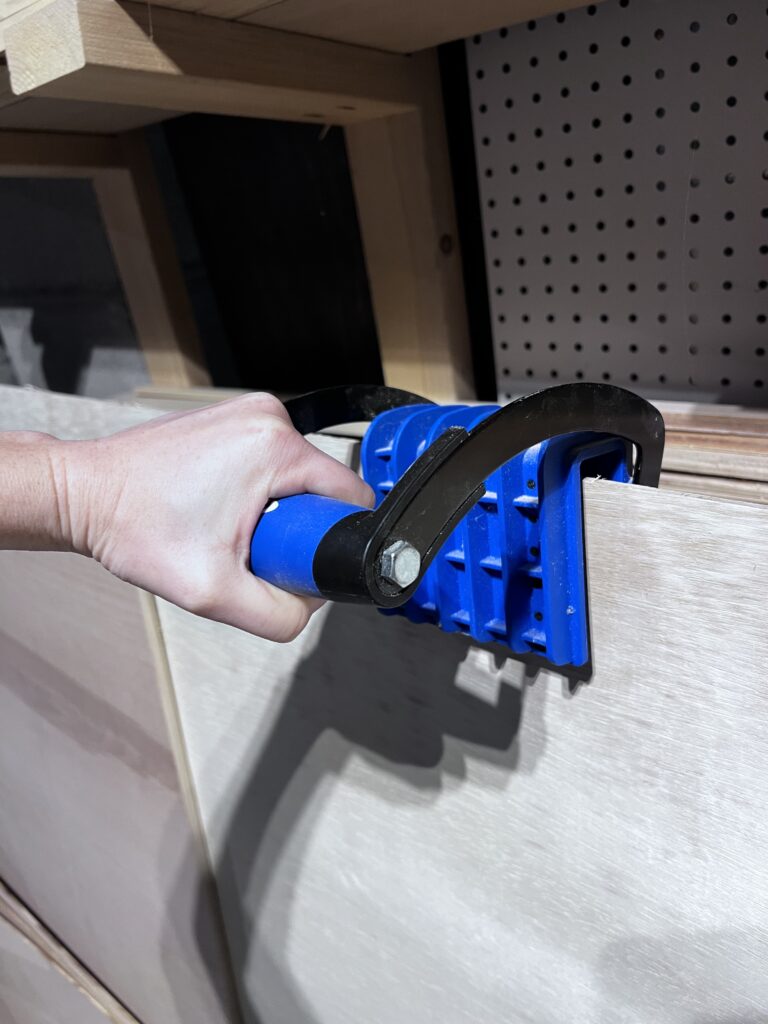
Learning the Basics of Woodworking
To start woodworking, you need tools, safety gear, and wood. That's it! There are lots of "nice to haves", but it's important to keep it simple in the beginning.
Know What Tools You Need and How to Use Them
- Provide a comprehensive list of hand and power tools for beginners, with advice on prioritizing purchases and learning to use them effectively.
To get started woodworking, you really need:
- Something to cut (a saw)
- Something to sand (sander or sanding block)
- Something to connect (drill or nail gun)
You can get fancy and complex or keep it simple. Like I said, we started with a hand saw and a miter box.
Our first "power saw" was a reciprocating saw I purchased because I had no idea what I was buying and it seemed like it would be easy to cut things with.
If you keep up woodworking, you will accumulate tools. I do highly recommend that if you choose battery tools, you pick one brand and stick to it. This just ensures that the batteries are compatible with all tools.
Regardless, don't let tools be a barrier. There are lots of ways to get tools for free or cheap. Be creative, be resourceful, and work with what you have. You'll get there!
Be sure to check out our guide to essential tools for woodworking beginners for more!
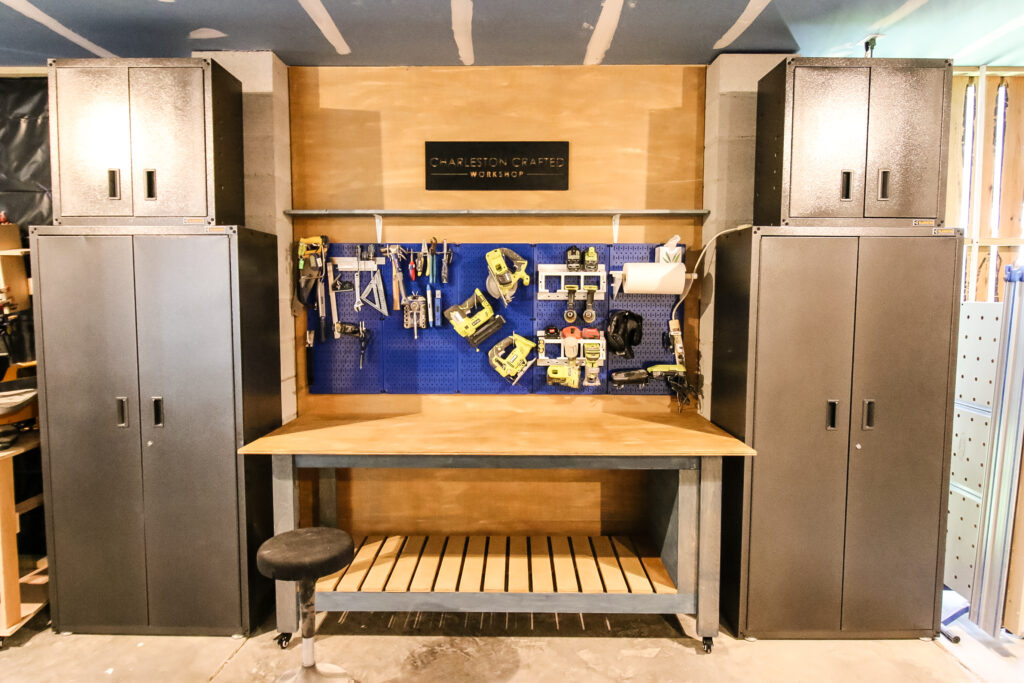
Safety Gear for woodworking
Remember to always follow safety procedures when working with tools. That means wearing protective gear such as safety glasses, gloves, hearing protection, and dust mask and using appropriate tools to ensure safe construction.
Learn How to Pick Good Boards
Woodworking projects can be frustrating. What makes them even more frustrating is working with sub-par materials.
We learned the hard way that a lot of boards sold at big box stores are warped, twisted, or damaged. You will never get a warped board straight again!
We have also learned that none of the walls in our house are square, but we can't blame Lowes for that one.
Anyways, take your time and be picky when shopping for materials. It makes a huge difference.
You can read our complete guide on how to buy wood for woodworking projects for more tips!
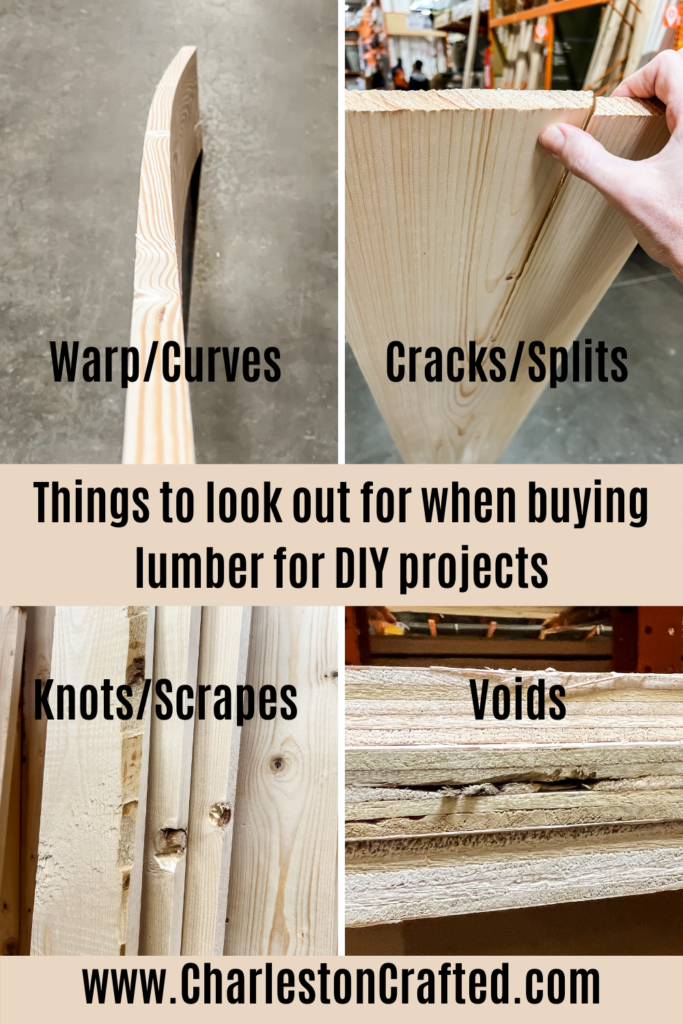
Embrace the Community
There is a huge woodworking community out there. You can look for a Woodworkers Guild in your area, which might have a Facebook group or in person meet ups.
Even easier, look for woodworking Youtubers or people on social media who have followings and start commenting and messaging them, and the people who comment on a lot of their posts.
This is a great way to get in with a group of people with similar interests.
Don’t Rush Into It: Start Simple
Remember: start simple and work your way into woodworking slowly. That's the best way to build up your skillset and tool collection and avoid frustration!
Looking for something?
We've been doing this since 2012 so we have a LOT of blog posts!
Search stuff like: Ceiling Projects | DIY Plant Stands | Thrift Flips


Hello, I'm Morgan, half of the creative force behind CharlestonCrafted.com! With a passion for DIY that dates back to 2012, I've transformed three homes and now I'm dedicated to helping others craft their dream spaces. Let's turn your house into a home together!





